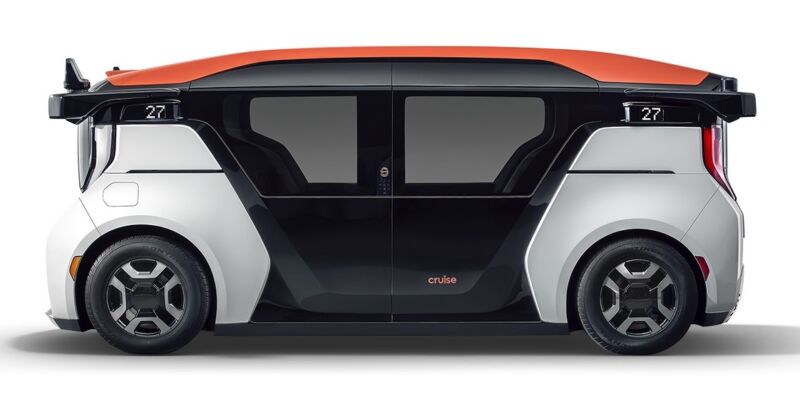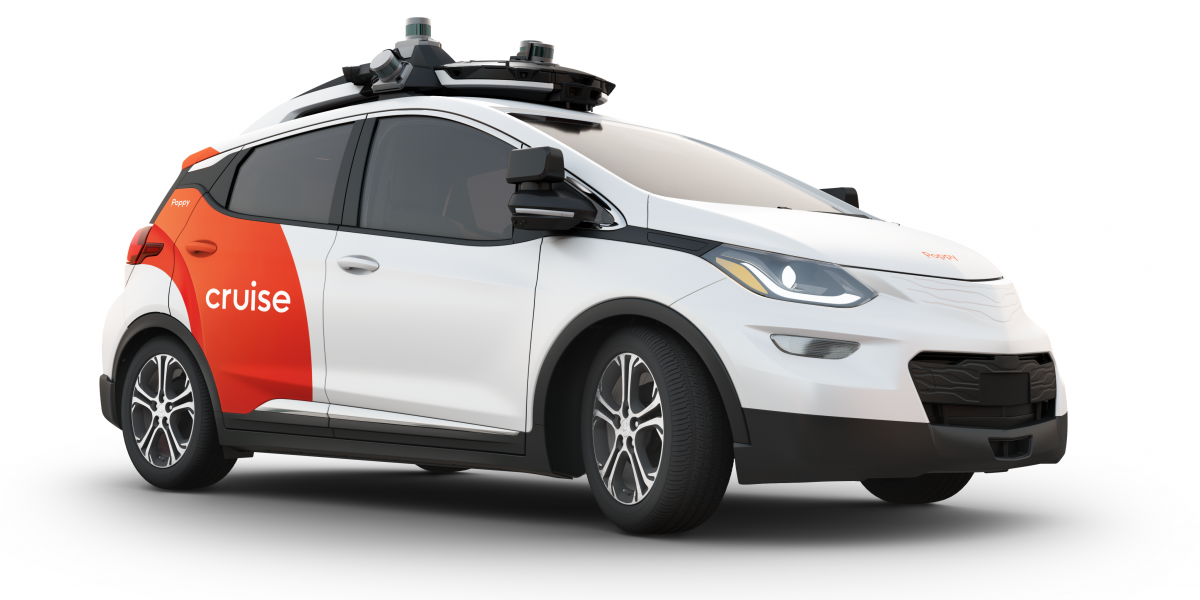The Cruise division of GM is developing its chips because it doesn’t want to rely on outside suppliers for the ones that power its driverless vehicles. The high expenses related to purchasing chips from other businesses, according to Carl Jenkins, the company’s VP for Hardware Engineering, told Reuters, are the primary driving force behind the transition.

Jenkins referred to NVIDIA when he said, “Two years ago, we were paying a lot of money for a GPU from a famous vendor.” He explained that Cruise was unable to negotiate because the industry hadn’t yet begun producing autonomous vehicles in large quantities. Although it recently became the first firm to obtain approval to charge for autonomous rides, its activities are still limited, and its technology is still in the experimental stages. Like Tesla, Apple, and Volkswagen before it, Cruise is seizing control of its destiny by producing its semiconductors. At this point, Cruise had already created four chips, beginning with Horta, which was intended to serve as the car’s primary cognitive system. The dune will process sensor data, while another chip will process radar data. The announcement of yet another one will come later. The Cruise Origin, the self-driving electric shuttle that the corporation first unveiled in 2020, will be powered by these parts. The Cruise Origin will feature four seats inside that are facing one another but no pedals or a steering wheel. It is designed to be used as a shared vehicle that is always on the road and transporting passengers.
Company executives declined to disclose how much they spent developing the chips, but they think they will be able to repay their costs once Cruise ramps up manufacturing. By 2025, according to Cruise CEO Kyle Vogt, the company’s semiconductors would help Origin “reach that sweet spot from a cost viewpoint” and make buying completely autonomous vehicles for private use economically feasible. Although Mary Barra, the head of General Motors, stated at CES this year that the manufacturer aims to sell personal autonomous vehicles by the middle of the decade, it is unclear if that means Cruise intends to sell the Origin to individuals.



